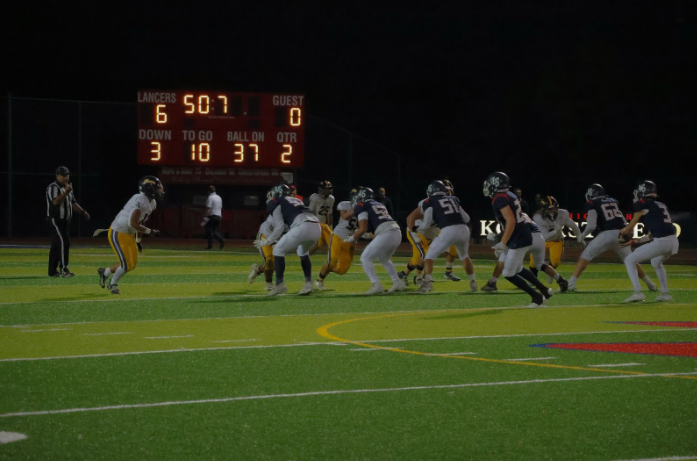Recently, the California Interscholastic Federation, also known as CIF, introduced a new policy in order to regulate when high school sports teams can practice and compete in extreme heat conditions. This policy aims to protect student-athletes from any sort of heat related illnesses, such as heat exhaustion and heat stroke, which have become a growing concern due to the increasing frequency and intensity of heat waves in California. The new regulations establish guidelines for modifying or canceling practices and games based on specific heat index thresholds, ensuring that student safety is prioritized during extreme weather conditions.
The CIF policy categorizes heat risk into four levels, each dictating different actions that schools must take.
When the heat index is below 90°F, activities can proceed normally, but with basic safety measures like ensuring access to water and shade. As the heat index rises between 90°F and 99°F, teams are required to adjust the intensity and length of practice, incorporating frequent breaks to keep athletes hydrated. If the heat index reaches around 100-104°F, practices must be significantly altered, with mandatory rest breaks in shaded areas, reduced practice duration, and the removal of unnecessary equipment that might increase body temperature. When conditions are extreme, with a heat index of 105°F or above, all outdoor practices and games must be postponed until it is safe to resume.
Many schools have already started implementing safety measures, such as rescheduling practices to cooler parts of the day, using heat index monitors, and moving activities indoors when possible. However, these adjustments also pose challenges, particularly for schools with limited resources or facilities. Balancing the new safety guidelines with logistical demands, and the tight schedules of student-athletes who juggle academics and sports remains a complex issue.



